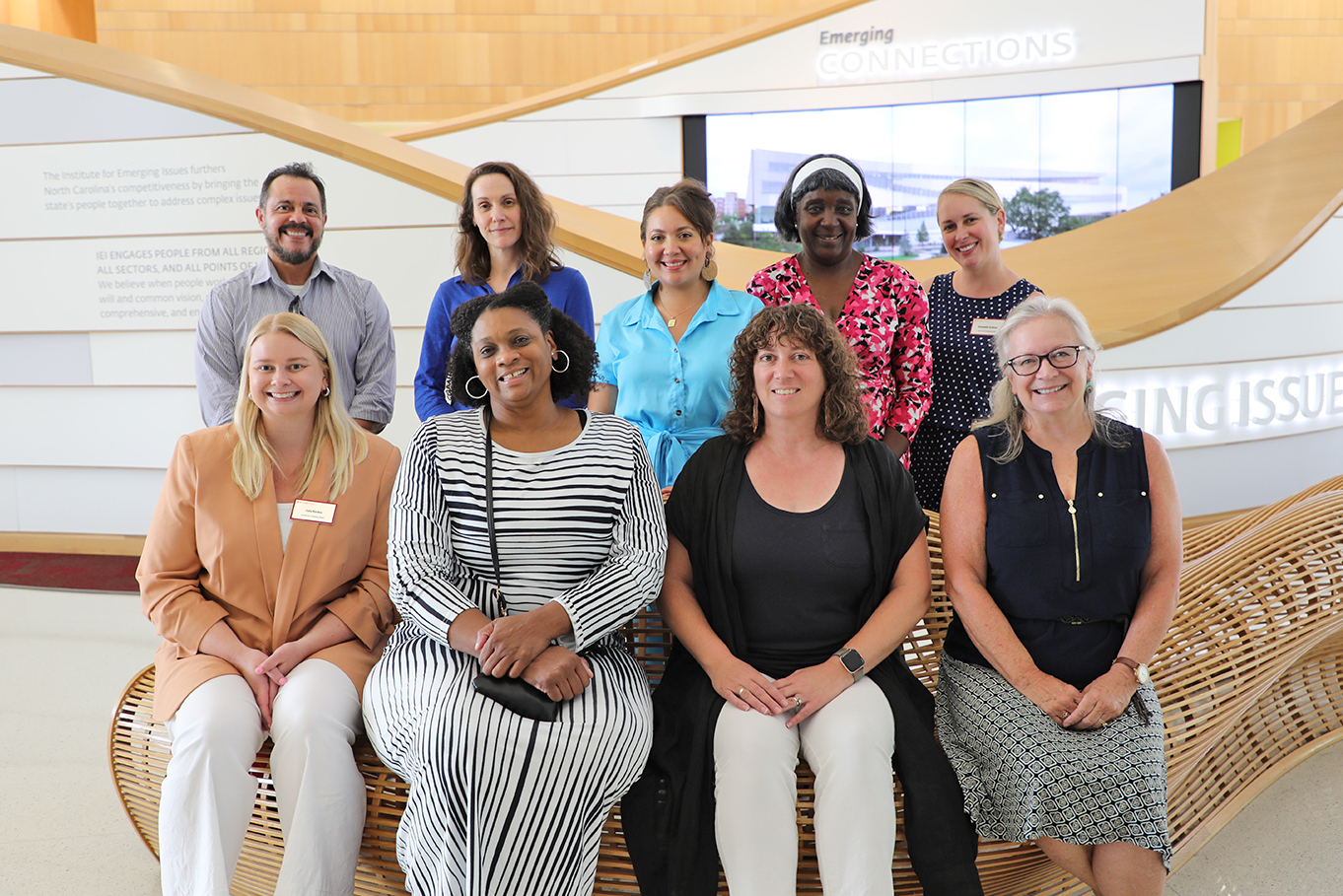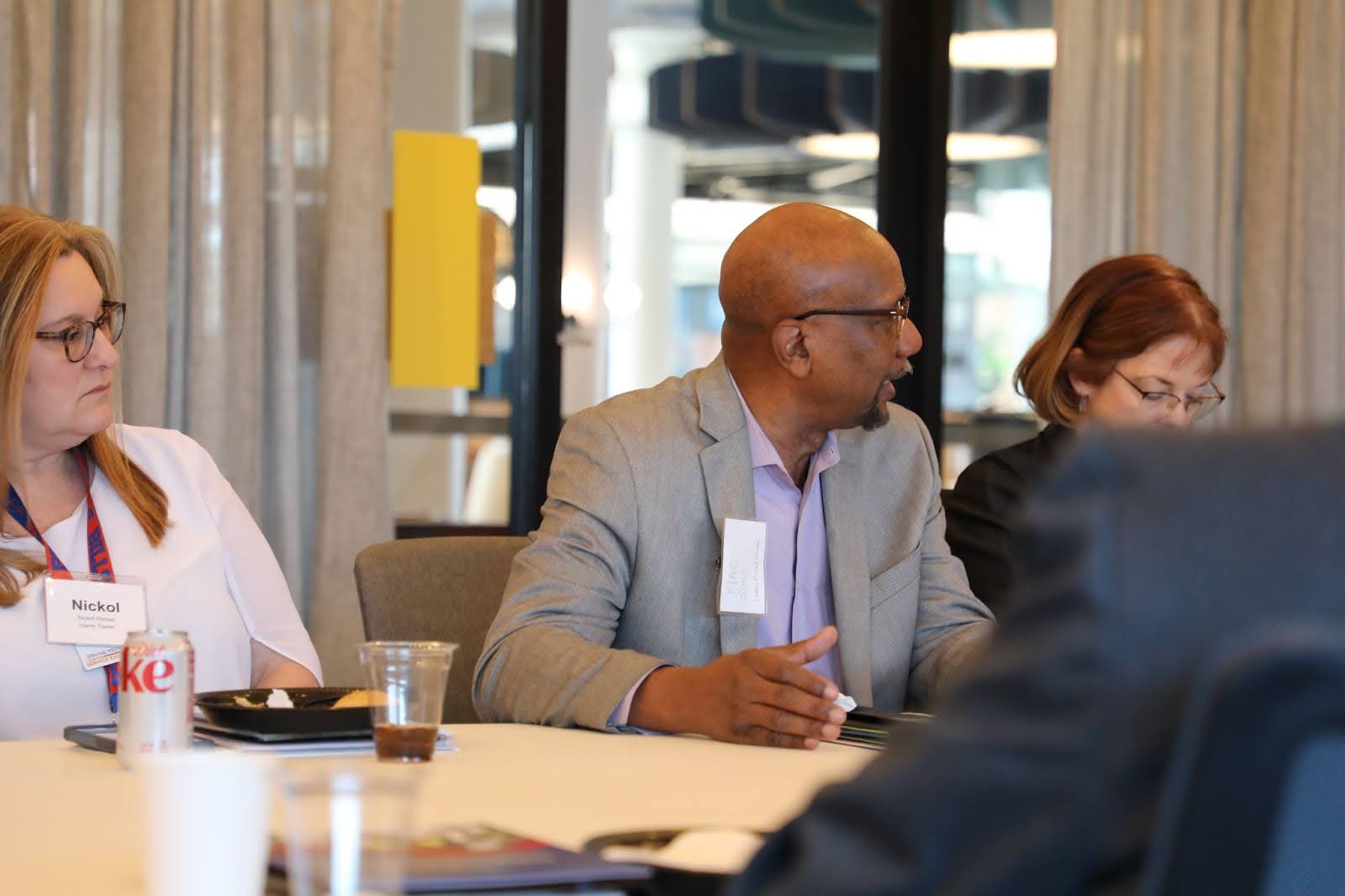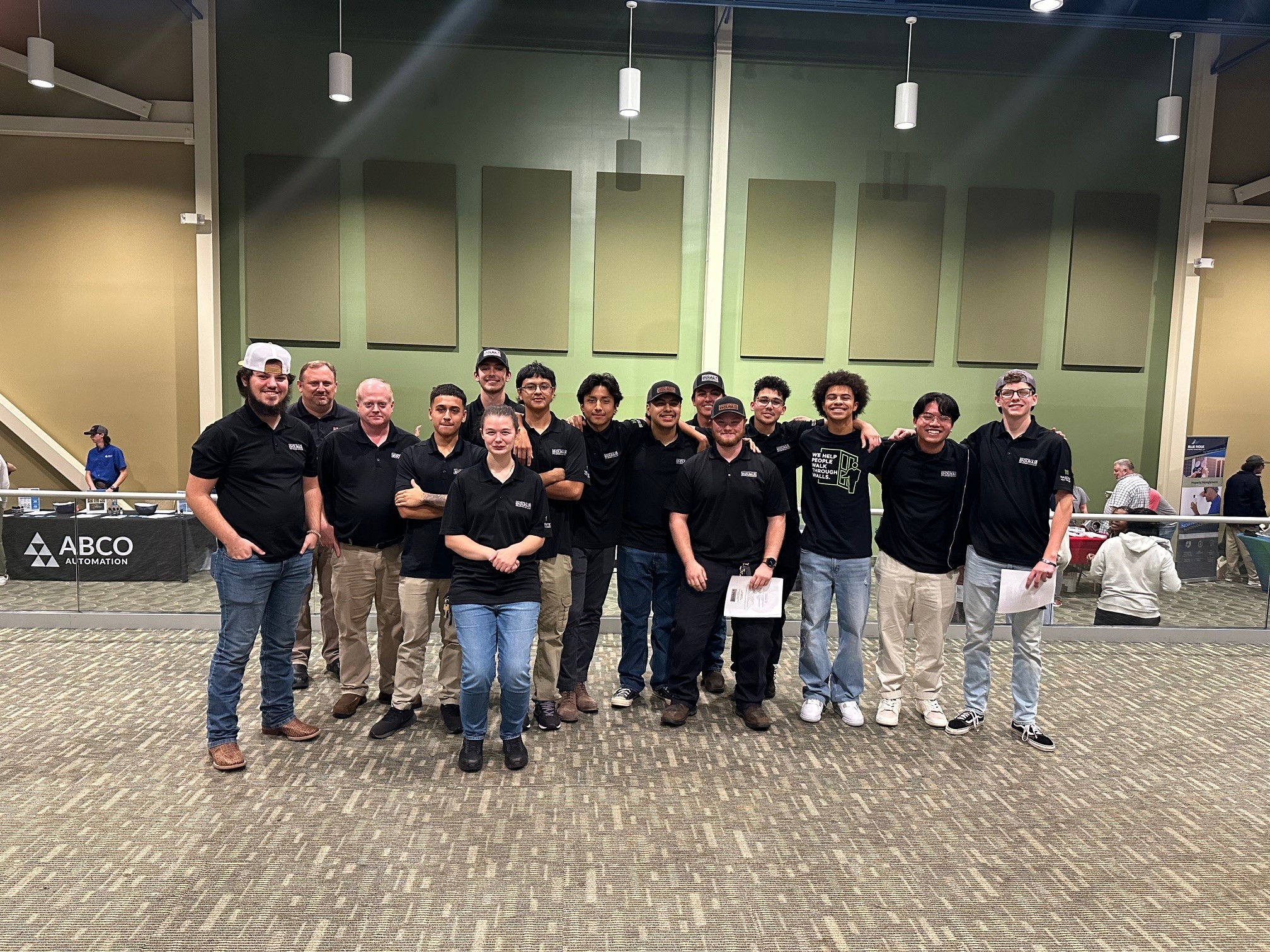STEM SENC (Reconnect Rural and Urban)

STEM SENC (pronounced: scenic) is a partnership that supports science, technology, engineering, and math (STEM) education, driven by the conviction that “all learners, regardless of ability, sex/gender, race, culture, economic status, or geographic location” deserve access to high-quality STEM educations, because these educations serve as pathways to economic success, societal betterment, and critical understanding of our changing world. Supported by UNCW’s College of Education, the ecosystem was started by 27 like-minded organizations (ranging from K-12 schools, higher ed, businesses, and non-profit institutions) in southeastern North Carolina, serving as a hub for the free-exchange of ideas, strategies, and opportunities. Framing this mission is the idea of STEM learning as a fundamentally ecological phenomena: guided by the classroom and informal learning experiences, but ultimately driven by the knowledge and excitement of a much broader community.
In ecological terms, STEM SENC is a bit like Mycorrhiza—fungal networks which develop symbiotic relationships with root systems: working as extensions to these roots, giving them access to previously inaccessible resources, while deriving sustenance from them. As the network expands, it supports and helps to stabilize the plants (e.g. organizations) surrounding it, while also supporting the growth of new plants within its reach. Beyond facilitating growth, this symbiotic connection engenders resilience. Though the plants might live without the network, the network cannot live without the plant; regardless, they grow stronger together.
Dr. Heddy Clark, Executive Director of STEM SENC, explains that though UNCW serves as a backbone for STEM SENC, the ecosystem is a partner-governed entity. She came to UNCW to coordinate (and later direct) the Watson College of Education STEM Learning Cooperative, seeking to cultivate relationships between “campus and community-based partners.” Almost immediately, this co-op saw an opportunity to expand the scope of their work by partnering with STEM Ecosystems and later ReConnect: Rural & Urban. “We said, why not capitalize on the relationships we already have… and see if we can pull together a regional ecosystem where we’re all working together.”
She stresses that latter point—“working together.” Because of numerous factors ranging from hurricanes to pandemics and recessions, many of the counties they work with are Tier 1, but need erases neither autonomy nor pride. “We have a lot of need, but we also have great talent in our communities,” says Heddy, and as one member relayed to her, “I appreciate people wanting to work with us, but I don’t want them to come ‘do it to us’ … let’s do it together.” In solidarity, she adds, “I really want the partners to feel ownership of STEM SENC… able to explain how it met a need and how it could help others.” Guided by this ethos, the ecosystem acts as both a convener and a space in which creative solutions can be co-designed by the communities they seek to impact.
Fittingly, STEM SENC’s initiatives vary according to community needs and adapt to environmental constraints. It seeks to amplify the work of its partners. Collaborating with NC’s Science Festival program, Dr. Amy Moody of the STEM Learning Cooperative hosted the Change Makers event, which took additional efforts to develop activities for students with disabilities. They invited STEM SENC partners to host their own activities at the event and several schools in the region brought their students . In response to the pandemic, they are working to develop a site to house online content, such as virtual field trips and interviews with professionals from various industry partners, so that students can get a better sense of how the work of science is applied in the professional world. This is done to both expose rural students to the promise that comes with a STEM education, while making them aware of the opportunities that already exist in their surrounding community.
Although the pandemic disrupted their plans for in-person events, in some ways this disruption was a blessing in disguise because it allowed them to reallocate monies in order to support K-12 teachers. STEM SENC will soon be announcing a mini-grant program for teachers in its region. Designed to support innovative and creative STEM lessons and target underserved students, teachers who receive the $500 awards will share their lesson plans and project videos with the partnership. In doing so, not only is the network strengthened, but the lessons become more sustainable and can be utilized in other classrooms.
Despite these advances, in many ways STEM SENC still faces an uphill battle. At a very local level, their membership (largely composed of educators) is fatigued. In the past year, they were forced to migrate towards online teaching, and although classes have largely resumed, there’s still immense uncertainty about what is still to come—this weighs heavily upon them and their students. Members have limited free energy to expend on external work, even if that work might pay dividends in the future. Beyond this, there are more systemic problems in STEM education, ranging from gender disparities, teacher compensation, rural brain drain, and students having teachers “who look like them”—all of which impact STEM education. Towards these issues, STEM SENC can only serve as a space of discussion and advocacy—but, as Heddy puts it, “we’re still growing; still seeing how this evolves.”
Written by Chris Kampe.
- Categories:


